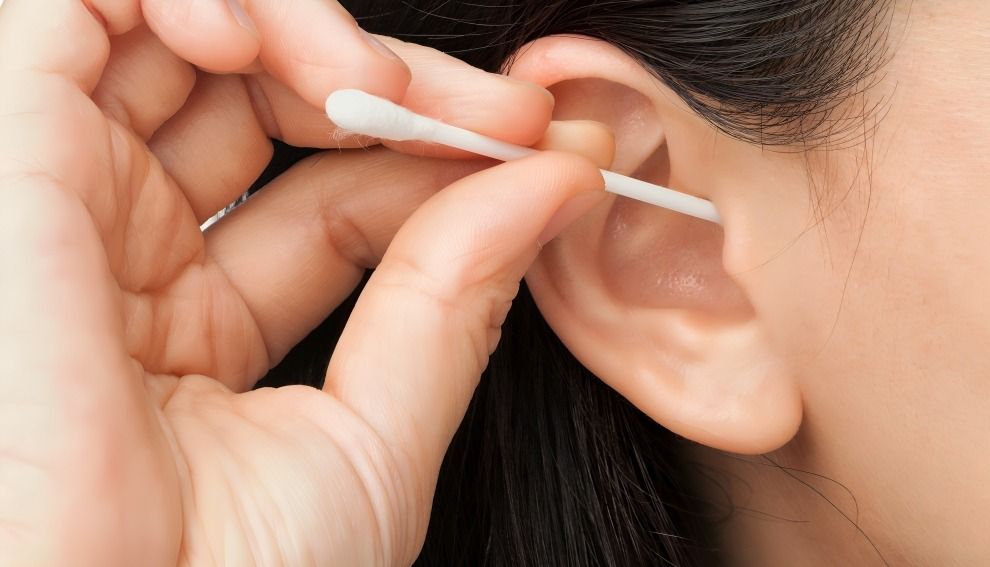
“
Cotton balls and swabs are often overlooked in first aid, yet they are indispensable tools that play a vital role in various emergencies. These simple, everyday items can differentiate between effective treatment and prolonged discomfort. Cotton balls and swabs are versatile, affordable, and essential, from cleaning wounds and applying antiseptics to providing precise care for minor injuries. This blog will delve into 20 fascinating facts about cotton balls and swabs, highlighting their crucial uses in first aid. By understanding their importance, you'll be better prepared to handle common injuries and maintain a well-stocked first aid kit.1
1
”
Cotton balls are ideal for cleaning wounds, ensuring debris is gently removed without irritation. Their soft texture makes them perfect for sensitive areas, allowing for careful and effective wound cleaning. 1
They are perfect for applying antiseptics like iodine or hydrogen peroxide to cuts and scrapes. Helps to prevent infections and promotes faster healing by ensuring the wound is properly disinfected. 2
Cotton swabs provide precision when applying ointments or creams to small wounds, ensuring the medication is applied exactly where it's needed without waste, maximizing its effectiveness. 3
Cotton balls are highly absorbent, effectively soaking up blood from minor cuts. Helps in keeping the wound area clean and dry, reducing the risk of infection. Their absorbency is crucial in managing bleeding efficiently. 4
They can be used to apply numbing agents like lidocaine to minor burns or cuts. Providing quick relief from pain and discomfort, making the treatment process more bearable. 5
Cotton balls are useful for cleaning around the eyes or applying eye drops. Their softness ensures the delicate eye area is not irritated during the cleaning or application process. 6
They help in applying antibacterial creams to prevent infections in wounds. Cotton balls promote safe and speedy recovery by keeping the wound free from harmful bacteria. 7
Both cotton balls and swabs are gentle on the skin, reducing the risk of further injury during treatment. Their softness makes them ideal for treating delicate areas, ensuring comfort for the patient. 8

Cotton swabs are useful for cleaning around the ear canal, though they should not be inserted deeply. They help maintain ear hygiene safely by gently cleaning the outer ear.
When purchased in sealed packages, they maintain sterility, which is crucial for first aid use. Be ensures they are free from contaminants when applied to wounds, preventing infections. 9
Wildlife rehabilitators rely on cotton balls and swabs to care for injured or orphaned animals. These items help in cleaning and dressing wounds, applying topical treatments, and even feeding baby animals. 10
They help apply petroleum jelly or other treatments inside the nostrils to prevent dryness. The swab is especially useful in dry or cold weather conditions, ensuring nasal passages remain moist. 11
Swabs are great for cleaning the area around a splinter before removal. Swab reduces the risk of infection and makes the process more hygienic by ensuring the area is clean. 12
Cotton balls and swabs are essential for newborn care, used to clean and apply umbilical cord care products. Cotton balls ensure gentle, effective cleaning and application, helping maintain hygiene. 13
Cotton swabs soaked in oil can help in removing adhesive bandages painlessly. Swab prevents skin irritation and discomfort during bandage removal by loosening the adhesive. 14
They are useful in cleaning undernails to prevent infections. Keeping nails clean is essential for overall hand hygiene and health, reducing the risk of nail infections. Proper nail hygiene with cotton swabs prevents potential health issues. 15
Small cotton balls can be used to pack deep wounds to promote healing. This cotton ball is particularly useful for wounds that need to stay open for drainage, ensuring proper healing. 16
Cotton swabs are versatile tools used for applying and removing makeup, as well as correcting mistakes. Their precision allows for careful application and adjustment, making them essential for achieving a polished and flawless makeup look. 17
Swabs apply antiseptics to insect bites or stings to prevent infection. Swabs help reduce swelling and speeds up the healing process by disinfecting the area. Quick treatment of bites and stings with antiseptics minimizes discomfort. 18
Cotton swabs are great for applying oral pain relief gels. Swab provides targeted relief to sore or inflamed areas inside the mouth, ensuring effective pain management. Precision application with cotton swabs ensures pain relief. 19


